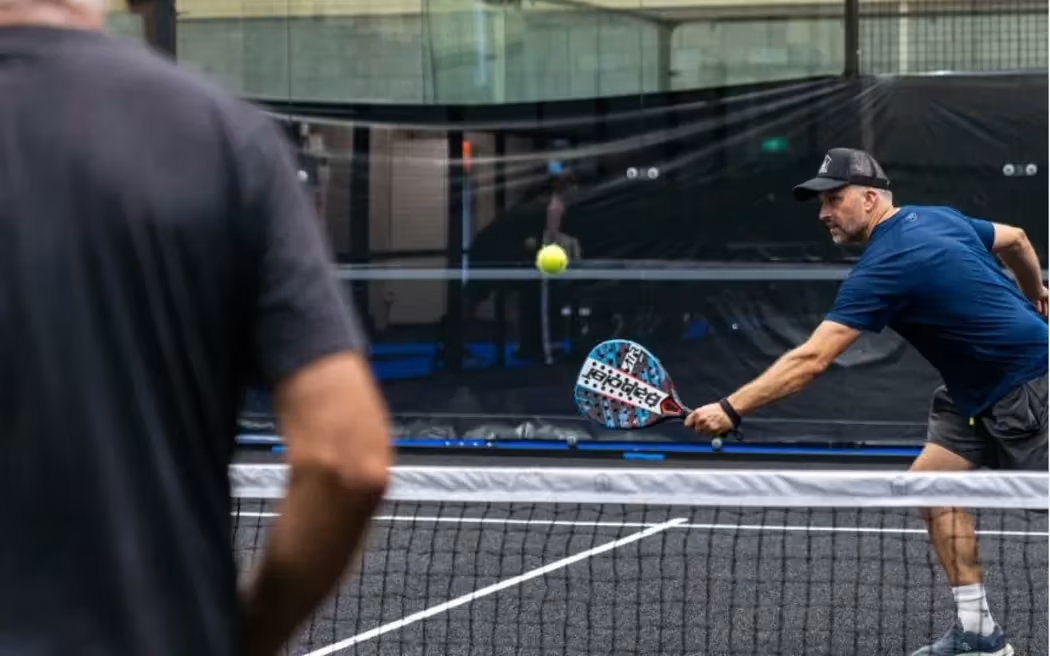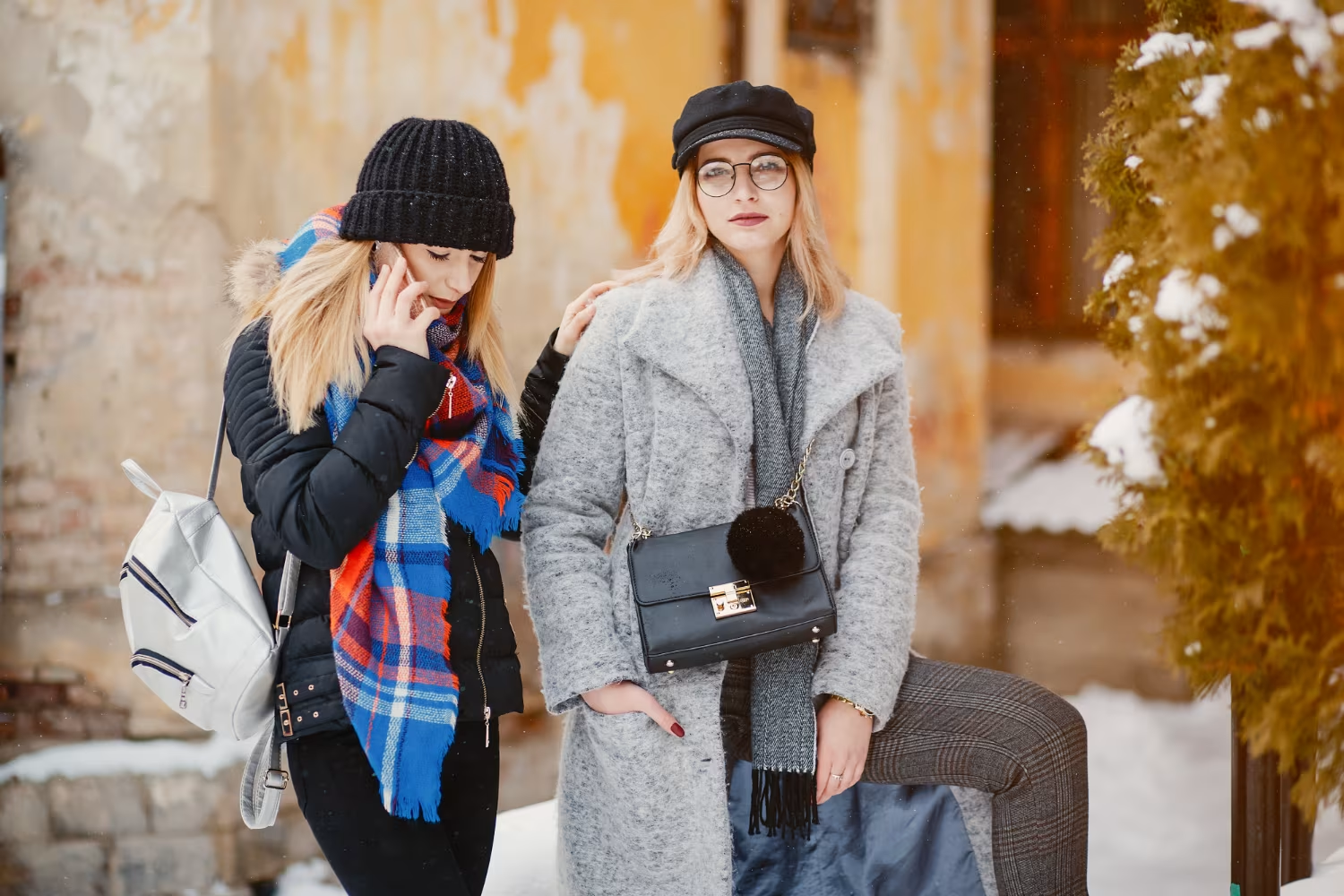As workplace dress codes have become increasingly relaxed, even the most formal environments are seeing a shift away from traditional footwear. The once-thriving shoeshine business, which catered to professionals wearing polished leather shoes, is now grappling with a seismic change in fashion trends.
For Roman Shoe Repair of New York, a shop that has been a Wall Street staple since 1998, the morning routine of opening at 7 a.m. has remained constant. However, the influx of customers has not. On a recent Friday, the shop didn’t see its first client until three hours after opening.
This decline is a direct result of the growing preference for comfort in office attire, a trend that began before the pandemic but has since accelerated. Many workers, accustomed to the comfort of slippers and sweats during remote work, have carried that preference back into the office. Even high-profile figures like JPMorgan Chase & Co.’s CEO, Jamie Dimon, are now opting for sneakers—specifically, black Common Projects—over traditional loafers.
In response, some shoeshine shops are expanding their services to include sneaker cleaning, attempting to adapt to the new norm. Charlie Colletti, owner of Cobbler Express in Lower Manhattan, remarks, “The industry isn’t the same anymore. We clean sneakers now, trying to keep up with the times.”
This adaptation has been crucial for survival. Anthony’s Shoe Repair, located near Grand Central Terminal, managed to stay afloat during the pandemic by offering specialized sneaker-cleaning services. According to owner Teodoro Morocho, “Many people do not know how to clean them. You need the right equipment and material to be able to do it well.”
The demand for office-appropriate sneakers has surged, with search interest increasing by 181% since January 2021. Companies like Allbirds and Nike have capitalized on this trend, marketing their comfortable footwear as ideal for the office environment. Despite the return of workers to New York offices reaching about half of pre-pandemic levels, the shoeshine industry continues to struggle.
Colletti observes that the change in footwear preferences is stark. “If I stay in the hallway and look at people pass by, eight out of ten are wearing sneakers,” he notes. “Wall Street is not Wall Street anymore, so you’re seeing fewer people coming in for a shoeshine.”
Financial pressures have compounded the issue. Rising costs have forced shops like Anthony’s Shoe Repair to increase the price of a shine from $5 to $10, driven by inflation in labor costs and materials. Yet, these adjustments have not been enough to offset the decline in demand. Edisson’s Shoe Repair, another local shop, has closed three of its locations since the pandemic, and others have followed suit.
The future of the shoeshine craft is uncertain. With fewer young people entering the field, shop owners like Morocho fear that the trade may face extinction. “They don’t want to learn this art,” Morocho says. “I imagine in about 20 years, it’s going to be difficult to find people who are interested in doing it.”
As the world of work continues to evolve, so too must the industries that serve it. For the shoeshine business, the shift from polished shoes to sneakers represents not just a change in fashion, but a challenge to the very survival of a centuries-old trade.



